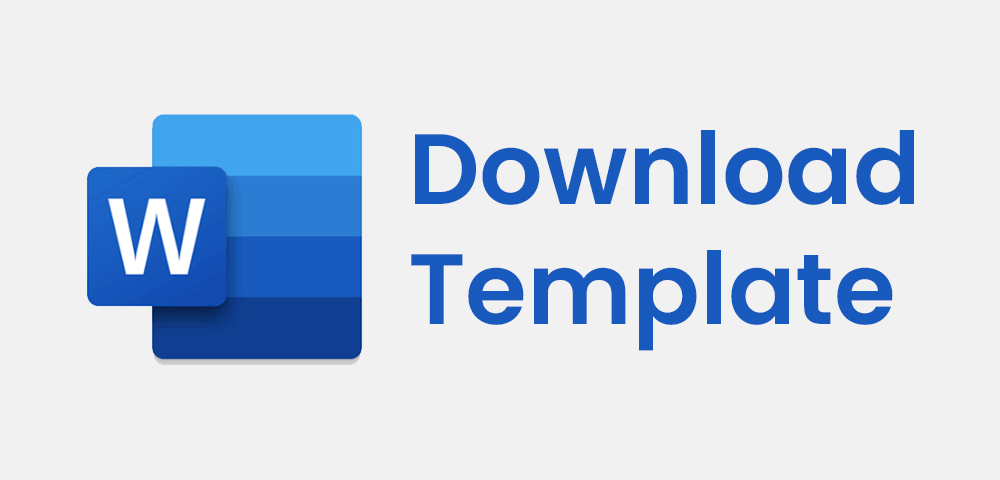CALLIGRAPHY ART AS A MEDIUM OF DA'WAH IN THE DEVELOPMENT OF ISLAM
DOI:
https://doi.org/10.59548/jed.v2i1.261Keywords:
Calligraphy Art, Development of Islam, PesantrenAbstract
Islamic boarding schools are known by the public because many of the works of students are introduced through culture and religion so that these works are known to the outside community. At Islamic boarding school students are also taught to study religion and deepen efforts to create a generation whose character is shaped in accordance with Islamic law. So it is no longer surprising if alumni of Islamic boarding schools are found who have good scientific character. If a work of calligraphy is found in a shop, the first thing that comes to mind is that the work is one of the works of Islamic boarding school children. So that it attracts the attention of parents to enter their children into Islamic boarding schools because of the works made by these students. Developments that can be seen at this time are the many impacts of the influence of calligraphy in Islamic boarding schools and outside Islamic boarding schools. The impact with the existence of calligraphy has had an influence on the development of Islam. The purpose of writing this article is to find out how the role of Islamic boarding schools is in developing the art of calligraphy as a medium for preaching the development of Islam. In this study the authors used descriptive qualitative methods through a literature study approach, taking reference materials from journals, books, articles, and others, as mandatory material in this research.
References
A. R., S. (2020). Peta Perkembangan Kaligrafi Islam di Indonesia. Buletin Al-Turas, 20(1), 219–232. https://doi.org/10.15408/bat.v20i1.3757
Al-gai, A. M. al-ghifari. (2021). data perkembangan pondok pesantren tahun 2000-2-23 - Google Penelusuran (p. 3). Center Of Information Technology.
Humam, A. (1991). Sekilas Tentang Asal-Usul Huruf Arab dan Seni Kaligrafi di Indonesia. Jurnal Humaniora, 02(05), 62–70. https://jurnal.ugm.ac.id/jurnal
humaniora/issue/archive?issuesPage=4#issues
Julhadi, J. (2019). Pondok Pesantren: Ciri Khas, Perkembangan, dan Sistem Pendidikannya. Mau’izhah, 9(2), 205–219. https://doi.org/10.55936/mauizhah.v9i2.26
Lestari, N. H. P., Ichsan, Y., Sukriyanto, R., & Asela, S. (2021). Urgensi Seni Rupa Kaligrafi Dalam Pendidikan Islam. Palapa, 9(1), 126–136. https://doi.org/10.36088/palapa.v9i1.1063
Muh Abdul Muiz. (1967). Seni Kaligrafi Sebagai Media Dakwah pada Pondok Pesantren Seni Kaligrafi A[-quran (PSKQ) Modern Kudus. Angewandte Chemie International Edition, 6(11), 951–952., Mi, 5–24.
Nurhayati, D. U. (2019). Gagasan Ki Hajar Dewantara Tentang Kesenian dan Pendidikan Musik di Tamansiswa Yogyakarta. Promusika, 7(1), 11–19. https://doi.org/10.24821/promusika.v7i1.3165
Purwanti, N., Rahim, S., & Hamidun, M. S. (2022). Partisipasi Masyarakat Dalam Kegiatan Rehabilitasi Hutan Dan Lahan (Rhl) Di Kabupaten Bone Bolango. Jurnal Belantara, 5(1), 72–80. https://doi.org/10.29303/jbl.v5i1.849
Sirojuddin, AR, D. (2015). Seni Kaligrafi Islam. Bandung: PT Remaja Rosdakarya
Subhan Hidayat. (2017). Sejarah Khat Naskhi _ Seni Kaligrafi Islam (p. 3).
Syarofah, A., Ichsan, Y., Kusumaningrum, H., & Rizky Nur Risam, M. (2022). Eksistensi Seni Kaligrafi Dalam Pendidikan Islam. Ta’dib: Jurnal Pendidikan Islam Dan Isu-Isu Sosial, 20(1), 1–12. https://doi.org/10.37216/tadib.v20i1.536
Downloads
Published
How to Cite
Issue
Section
License
Copyright (c) 2024 Ahsani Madina

This work is licensed under a Creative Commons Attribution 4.0 International License.
- Share — copy and redistribute the material in any medium or format for any purpose, even commercially.
- Adapt — remix, transform, and build upon the material for any purpose, even commercially.
- The licensor cannot revoke these freedoms as long as you follow the license terms.
Under the following terms:
- Attribution — You must give appropriate credit , provide a link to the license, and indicate if changes were made . You may do so in any reasonable manner, but not in any way that suggests the licensor endorses you or your use.
- No additional restrictions — You may not apply legal terms or technological measures that legally restrict others from doing anything the license permits.
Notices:
You do not have to comply with the license for elements of the material in the public domain or where your use is permitted by an applicable exception or limitation .
No warranties are given. The license may not give you all of the permissions necessary for your intended use. For example, other rights such as publicity, privacy, or moral rights may limit how you use the material.












 Eduslamic: Jurnal Pendidikan Islam dan Keagamaan by
Eduslamic: Jurnal Pendidikan Islam dan Keagamaan by 
